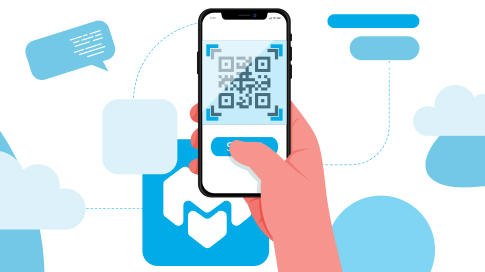Outsourcing Development Projects Effectively – Top Tips
Maintaining an internal development team is expensive. It’s time-consuming and expensive to recruit, perform DBS checks, hire, and retain top-quality talent. Also, there’s the expense of benefits, workspace, tools, and continuing education to stay current. Outsourcing development projects may be less expensive in the short term, but can be costly in the long term if you need to maintain, evolve, or enhance applications.

Both approaches have merit and both have limitations. That’s why many organizations are finding it an effective approach to outsource parts of development projects and while maintaining internal control. This works especially well when your team lacks the specific skills you need, you don’t have the needed staff onboard currently, or you have your internal team tied up on priority projects already.
Bringing on Outside Expertise: What You Need to Know About Outsourcing Development Projects
Outsourcing development work doesn’t need to be difficult or complex. It takes some upfront planning and investing in finding the right developer to hire and deliver the quality you need. Depending on the type of developer you’re looking for, sites like Toptal and Stack Overflow are good resources to start with. According to CodeMentor.io, the average rate for web developers is between $61-$80 per hour.
When you’re outsourcing development projects, parts of the development process, or hiring freelancers, you need to start with defining your needs to determine the right developer at the right price. If you’re interested in hiring a freelancer for the job, you can do so with the help of Dormzi.
Define What You Want
Some developers will have deep expertise in mobile development. Some will specialize in UX or UI. Others will be skilled in web design or art. Take the time to know exactly what you need and make sure you probe for the depth of knowledge in a given area.
For example, WordPress developers may not be the right talent for a backend integration project. Organizations need to go through the process of creating detailed requirements document that spells out what they want at each stage of the project, who’s involved, and what type of developers are best equipped for the work.
Probe for Experience while Outsourcing Development Projects
Look for those that can demonstrate that experience by showcasing past projects that are similar or share a compatible approach. You’re trusting them with an important project that will reflect on you and your organization. Ask to see their portfolio, designs in the wild, and references. Ask lots of questions upfront and avoid surprises later.
Decide the Way You Want to Work
When outsourcing, you’re giving up some control. Since the developers won’t be full-time employees, you don’t control their work hours and attention as much as if they worked in your environment. Have a clear definition of the type of communication you expect, the frequency of communication, and the feedback loop you require.
Be clear about timelines, deadlines, and don’t be afraid to set the boundaries for the type of working relationship you want.
Define the Project Parameters
While you will likely develop the project parameters together, it’s helpful to have the overarching principles in mind when you start the process. You need to make sure you can both agree on the deliverables and the costs. While a project proposal or RFP is a good place to start, don’t settle for incomplete answers or potential hidden fees.
Shop for Quality when Outsourcing Development Projects
You can always find someone willing to take on a job cheaper. In the end, however, you need a quality product. It’s not about finding the lowest-cost provider. It’s about finding the best value. Don’t base your decision solely on expense.

Choose Someone You Can Develop a Relationship With
Development often has an ebb and flow to it. It may go through several iterations or cycles based on testing and feedback. Building a solid relationship can help navigate through the development process.
Hopefully, you’ll find someone that you work well with and can see working together in the future. Once they’ve completed one project for you – and you’re satisfied – it’s a lot easier to keep working with that person again. Both parties will have a better understanding of the expectations.
Make sure that time zones, work hours, language barriers, and communication tools aren’t obstacles to developing a relationship.
Get It in Writing
Once you’ve agreed to work together, commit the project and key deliverables to writing. This helps avoid any misunderstandings down the road.
It’s especially important to define who owns the work product, what documentation is expected, and a guarantee that any deliverables come free and clear to you.
Assign a Project Manager
You need to have a point person to manage any outsourced work. A trusted team member needs to be responsible for overseeing the project to keep things moving forward the way you want. They should be the main point of contact for both internal stakeholders and outsource or freelance teams.
Outsourcing Pieces of Development Projects is Becoming Mainstream
When it comes to innovation, R&D, and application development, nearly half (49%) of companies are outsourcing at least some of their workload. Contract workers, freelancers, and temporary support are enhancing internal teams and helping organizations maintain or increase workloads.
The person or team you choose to work with will depend on several factors, including the type of development you need, the requirements you have, the expertise it requires, the budget you have, and the deadlines you need to meet. Follow these guidelines and you’ll find a better fit.




Leave a Reply